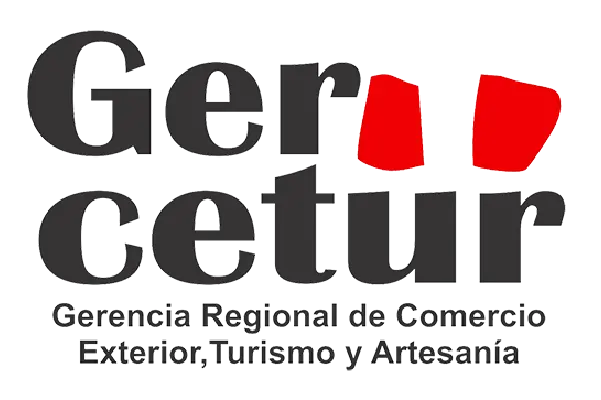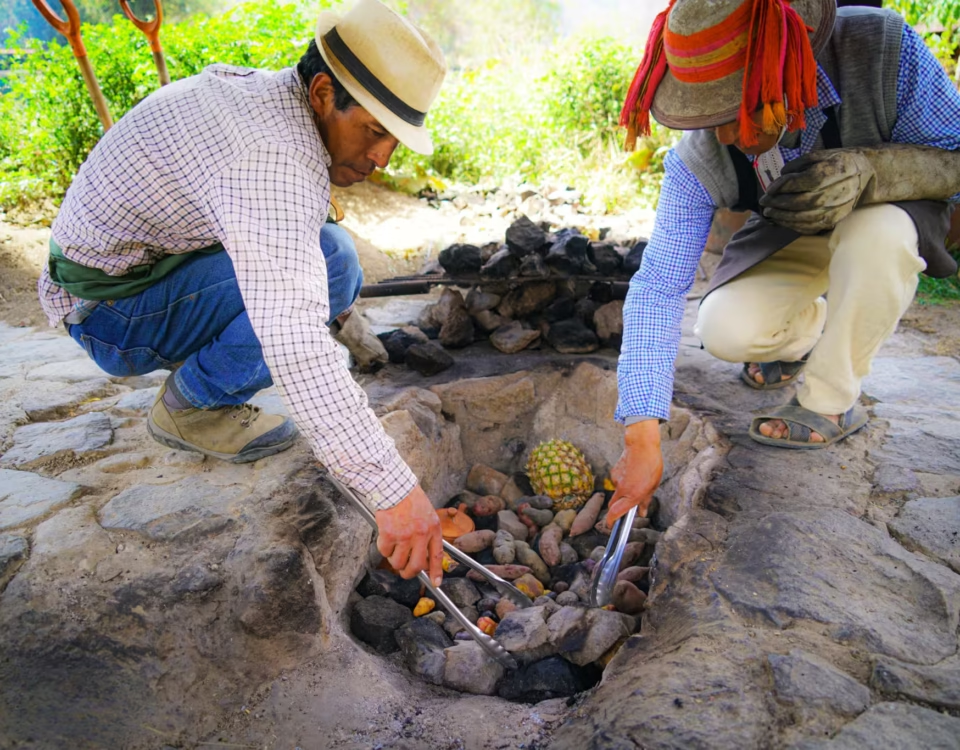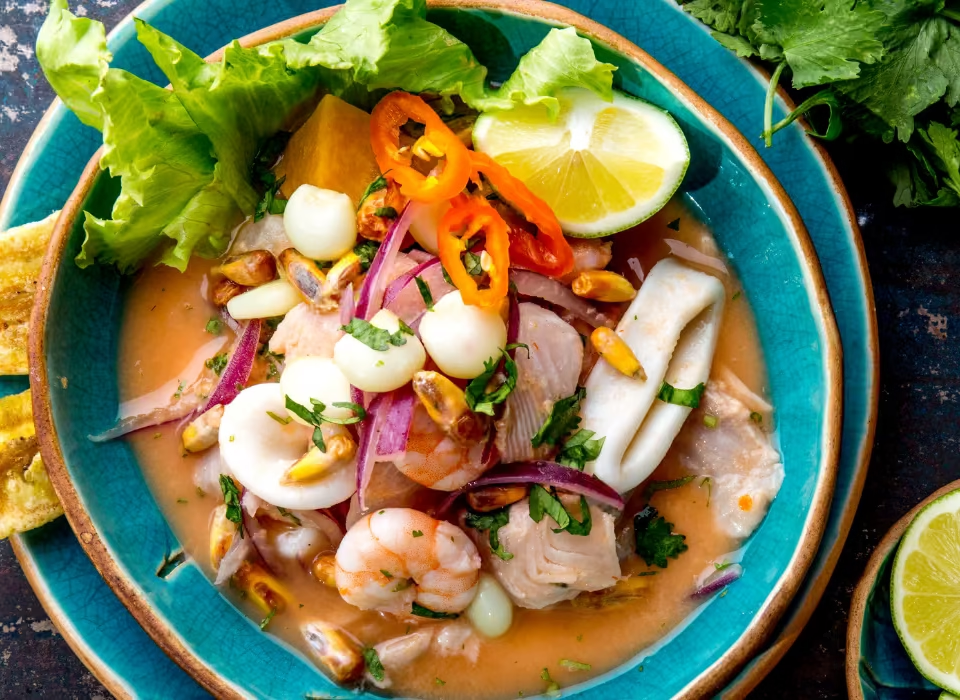Pachamanca Culinary Experience: Ancestral Flavors of the Andes
The Andes hold treasures beyond breathtaking landscapes. One of its most unique gifts is the Pachamanca gastronomic experience, a traditional culinary ritual that connects people to the earth, history, and community. This article offers an in-depth journey into this ancient cooking technique, exploring its roots, cultural value, ingredients, traditional preparation, and why it remains a central pillar of Andean gastronomy today.
Historical Roots of Pachamanca
The term Pachamanca comes from the Quechua words “pacha” (earth) and “manka” (pot); in other words, it literally means “earth pot.” Furthermore, this ancient cooking method dates back over 5,000 years, having originated from pre-Incan civilizations such as the Wari and the Chavín. Thus, the Pachamanca gastronomic experience is more than cooking—it was a sacred ritual to honor Pachamama, the Earth Mother, and to ask for fertility and harvest abundance.
Cultural Significance
The Pachamanca gastronomic experience continues to be a communal celebration. It’s often prepared for important events like harvest festivals, weddings, and local festivities across Peru. The act of gathering stones, marinating meats, and covering the food with earth strengthens community ties. It promotes a deep respect for nature and cultural identity.
Geographic Origins and Regional Variations
The Pachamanca originated in the central highlands of Peru; notably, in regions like Huánuco, Ayacucho, Junín, and Huancavelica. Furthermore, each region adds a unique twist, slightly varying the ingredients and techniques. Nevertheless, the core of the Pachamanca gastronomic experience remains unchanged: cooking with hot stones underground.
Ingredients and Local Products
The authenticity of the Pachamanca gastronomic experience lies in its ingredients. Meats like pork, lamb, chicken, and guinea pig are marinated in herbs such as huacatay, chincho, and cumin. Accompanying them are native Andean potatoes, corn, sweet potatoes, broad beans, and sometimes cheese wrapped in corn husks. All elements are products of the land, celebrating local agriculture.
Ancient Preparation Method
Preparing a Pachamanca is an immersive, labor-intensive experience. A hole is dug in the earth and lined with heated stones. The marinated meats and vegetables are layered carefully, covered with more hot stones, and sealed with banana or corn leaves, then earth. After hours of cooking, the earth is removed, revealing a smoky, tender feast. This ancient technique is the core of the Pachamanca gastronomic experience.
Why the Pachamanca Gastronomic Experience Matters Today
In a modern world of fast food and culinary shortcuts, the Pachamanca gastronomic experience reminds us of slow food values: sustainability, community, respect for tradition, and local food sources. It is a powerful expression of Andean culture, preserved through generations.
Experiencing Pachamanca as a Traveler
Travelers can experience rural Andean villages, where families and local chefs invite guests to participate. It’s more than a meal—it’s a living cultural ritual. Tourists leave not only nourished but transformed by the warmth and wisdom of Andean hospitality.
It is an Andean journey that, through flavors, fire, and earth, tells a story of connection between people, land, and tradition. For travelers and food lovers, it offers an unforgettable way to understand Peru from within.
Want to live the authentic experience? Contact us to plan your unforgettable Andean culinary journey!


